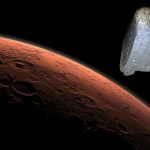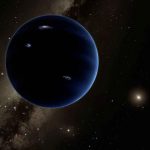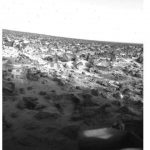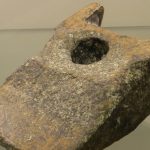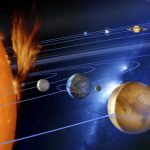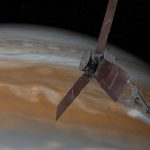New Secrets Revealed about Ancient Mars from ‘Black Beauty’ Meteorite0
- Earth Mysteries
- October 25, 2016
New analysis of the most famous Martian meteorite ever recovered has changed our understanding of the early volcanic history and evolution of the Red Planet. The findings continue an ongoing debate as to whether insights into the planet’s ancient volcanism can be used to make the case for a habitable, oxygen-rich ancient Martian atmosphere.

